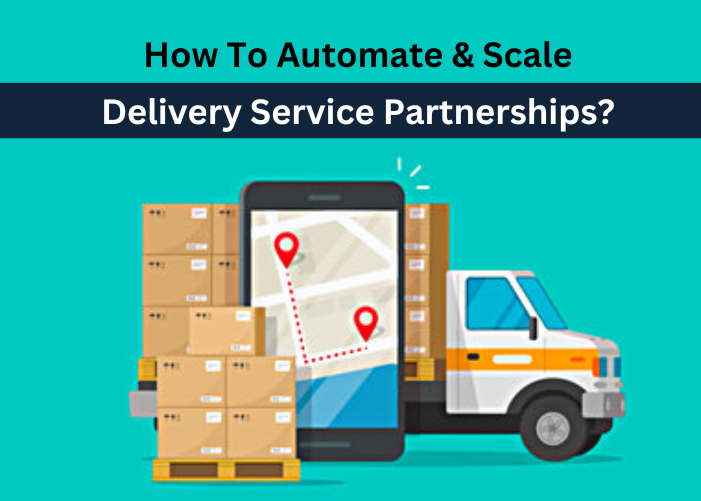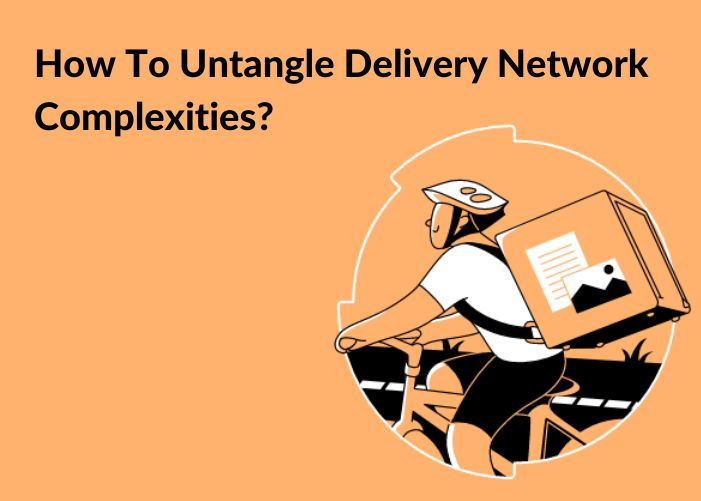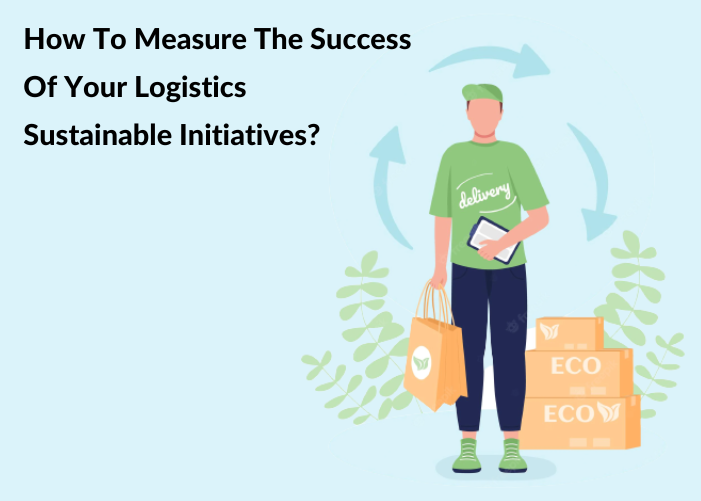1) What is a DSP (Delivery Service Partner)? Why is it such a hot topic?
DSP stands for “Delivery Service Partner”. They are independently owned operators that run a delivery business. In other words, they act as third-party vendors – or, logistics partners – and deliver packages on behalf of their clients.
In today’s online-dominated world, where we order everything for doorstep delivery, the presence of DSPs is ever-important. They are the ubiquitous behind-the-scene operators that deliver the millions of parcels that are ordered and delivered every day!
2) How can one become a DSP? The owner of a DSP is responsible for building a team, including drivers, and providing the requisite training to make sure they become capable of making the thousands of daily deliveries that are required by the clients. Given below is a handy checklist to get you started:
- Setting up your business: Begin by acquiring all the necessary assets and tools required to run your business. Areas/tools needed include those for legal setup, business, and logistics insurance (important, since you don’t want to become personally liable for contested deliveries), payroll management, recruiting, taxes, finance, and accounting
- Setting up the correct team: Functional staff, support staff, delivery teams and agents, fleet-vehicle drivers – these are just some teams that go into making a successful DSP
- Begin deliveries: After you have completed the setup as mentioned above, you could begin receiving orders. Your performance on order fulfillment, of course, is the most important metric that will define your success – or, lack of it – as a DSP. The better your performance, the more deliveries you can successfully manage, and the more your delivery business will grow.
2) Is there any advantage in automating the delivery service partnership?
Well, just like automation in today’s world brings significant benefits in just about every industry – or, aspect of our lives! – so it does in this space, too.
With an increasing number of players in this eco-system – on both, the demand, and supply sides—automation can help in efficiently connecting the two.
For example, creating a software-enabled B2B marketplace that enlists DSPs as well as clients looking to have their packages delivered will enhance the operational efficiency of the entire process.
Given that there will be demand for a wide range of deliveries (package types, sizes, distances, etc.), enlisting a wide panel of DSPs that draw from a wide network of regional and local courier companies as partners will enable a mutually beneficial connection between the client (e.g., eCommerce and retail clients) & delivery company.
Such a B2B marketplace would take client volume and use automation to distribute that amongst enlisted DSPs so as to maximize operational efficiency and enable various delivery options including Same-day and Next-day delivery.
Ultimately, this enables the DSP to service clients with quick delivery at competitive rates.
~~ Amazon’s DSP Program ~~
Perhaps the most commonly known and oft referred to DSP program. It allows logistics operators to work as an Amazon DSP and commence their own delivery-service business.
Given the scale at which Amazon operates its order-fulfillment business, this naturally provides a huge opportunity for those that are not only looking to get started in the delivery business but also for those that are looking to scale their operations by taking on more work.
Common benefits include:
- Readily available demand via Amazon
- Low start-up costs
- Hands-on training
- Advantages of Amazon’s modern logistics technology
- Ready access to a large eco-system of impaneled DSPs
The greatest advantage of becoming an Amazon DSP is the ready demand you will have access to because there are millions of people who order items from Amazon on a daily basis that require delivery. This significantly reduces a DSP customer-acquisition cost (e.g., marketing, networking).
3) What are the challenges in achieving this?
Given that the success of the delivery service partnership eco-system (e.g., the B2B marketplace mentioned above) is almost entirely dependent on the success of the software, its API-led integrations with the various stakeholders who log into and access it, and its operational success and flexibility, these are hampered when a DSP uses a lower-grade logistics software or tries to integrate itself using a different set of programs. Often, this isn’t robust enough and ends up creating a poor experience for customers.
The larger problem that this creates is that without the seamless connection of correct data points, the efficiency of the B2B marketplace is greatly hindered since it is unable to optimize routing efficiency and make good on the shipping times, rates (etc.) that it pitches to its clients. Result? Customer dissatisfaction.
4) What are the solutions to the (above) challenges?
An efficient solution that has shown solid results is when such marketplaces install modern, automated delivery management software—or, at the very least, mandate an SOP that states the list of such approved software for the on-boarded DSPs to use.
This effectively means that the delivery management and routing software acts as the logistics arm of the marketplace on behalf of its DSPs.
A close working relationship between the marketplace, the delivery software, and the DSPs provides ample data to make the entire process consistently efficient.
This dynamic exchange of comprehensive tracking events and data ensures optimized matchups between clients and DSPs, routing, and volume management across the various available DSPs to ensure that clients are provided with a seamless, transparent, cost-effective, and on-time delivery experience.
Over a period of time, it helps in understanding what works, or doesn’t, and improving best practices that can be followed.
For example, such automation enables the extraction of live updates on ongoing work-streams to see if a package delivery was successfully completed, or failed and if it is to be re-attempted the next day. The automated software feeds this data back to the clients so that they are kept updated on their package movements.
Results: With such automation for a delivery service partnership using delivery management software, operational efficiency typically exhibits significant improvement.
Common improvement metrics include reduced time, cost, effort, and a high degree of client satisfaction. Importantly, given its robustness and strong structures, it has a smooth transition to scale.
As can be seen, using modern technology tools such as last mile delivery software to automate and scale up DSP operations provides numerous benefits to both the demand and supply sides of the delivery business.




